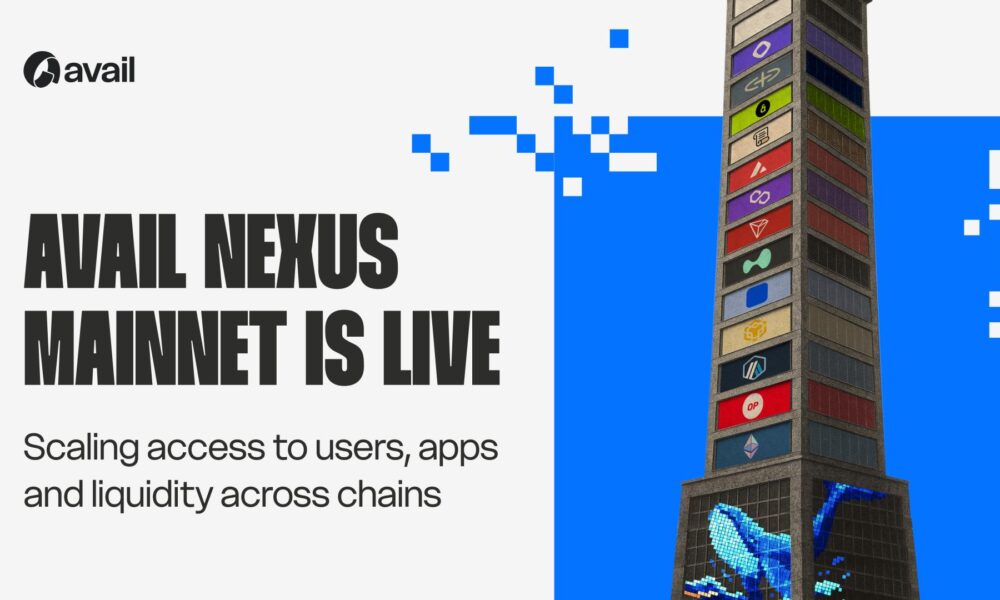In today’s digital economy, online commerce has evolved far beyond the traditional storefront. The rapid shift to omnichannel retail has fundamentally changed how businesses manage, distribute, and monetize product content. At the core of this transformation lies one of the most important — yet often overlooked — growth levers for online retailers: the integration of Product Information Management (PIM) and Digital Asset Management (DAM) into a unified platform.
For technology and finance professionals watching the digital commerce landscape, the emergence of integrated PIM + DAM solutions represents a new frontier. It’s not merely about operational efficiency; it’s about enabling scalable growth, enhancing customer experience, and capturing market share in an increasingly competitive environment.
This article explores why the convergence of PIM and DAM is reshaping e-commerce, how it addresses critical pain points, and why investors and retailers alike should view this category as a strategic growth engine.
The Fragmentation Problem in Digital Commerce
For years, retailers and brands have relied on siloed systems to manage their digital ecosystems:
- ERP (Enterprise Resource Planning) for financial and supply chain management
- PIM (Product Information Management) for structured product data
- DAM (Digital Asset Management) for creative and media assets
- CMS (Content Management System) for website and marketing content
While each system serves a vital role, the fragmentation creates inefficiencies and limits scalability. Imagine a retailer launching a new product across Amazon, Shopify, Walmart Marketplace, and social commerce platforms. The product descriptions might live in a PIM, while lifestyle images, videos, and 3D renders are stored in a DAM. Marketing teams pull from yet another CMS, while supply chain managers feed inventory data from ERP.
The result? Slow product launches, inconsistent content, compliance risks, and missed sales opportunities.
For financial decision-makers, these inefficiencies translate into higher operational costs, longer time-to-market, and weaker margins. In an era where customer expectations for speed and consistency are higher than ever, fragmentation becomes a growth bottleneck.
Why Integration Matters: PIM + DAM as a Unified Growth Engine
The integration of Product Information Management with Digital Asset Management is more than a technical improvement — it’s a strategic shift. By merging structured product data with rich digital media in a single platform, businesses unlock a new level of commerce agility.
Here’s why integrated PIM + DAM is emerging as the next frontier:
- Holistic Product Experience
Today’s buyers don’t just purchase products; they buy into experiences. A product page without high-quality visuals, videos, or contextual storytelling loses conversion power. Integrated PIM + DAM ensures that every SKU has both accurate data (dimensions, specifications, pricing) and engaging media (images, lifestyle videos, user-generated content).
This convergence creates a seamless product experience that drives higher conversion rates across channels.
- Faster Time-to-Market
Retailers face enormous pressure to launch products quickly and at scale. With an integrated system, product managers and creatives work from the same source of truth. Instead of chasing files across systems, teams can pair attributes with assets instantly. This cuts down launch cycles from weeks to days — a measurable financial advantage.
- Consistent Omnichannel Distribution
Modern commerce extends across dozens of channels — from Shopify storefronts to TikTok Shops to global marketplaces. Consistency is key: product details and brand visuals must align everywhere. Integrated platforms make it possible to syndicate content once and distribute it everywhere, eliminating errors and inconsistencies that damage brand trust.
- Scalability Through Automation
Manual asset pairing and product updates are expensive and error-prone. Integration enables automation: bulk updates, asset linking, and multi-channel distribution happen seamlessly. As retailers scale SKUs, markets, and channels, this automation translates directly into reduced overhead costs and improved scalability.
- Compliance and Risk Mitigation
Whether it’s industry regulations (like FDA labeling requirements) or platform-specific guidelines (Amazon’s image size standards), compliance is non-negotiable. An integrated PIM + DAM system ensures that product data and media meet compliance standards by default, reducing risk exposure.
Financial Implications: Why Investors Should Care
For investors, the integration of PIM and DAM represents an underappreciated SaaS growth vertical within the broader digital commerce infrastructure. Here’s why this category deserves attention:
- Recurring Revenue Models: Integrated platforms often operate on subscription SaaS models, generating predictable, scalable revenue streams.
- High Switching Costs: Once embedded in a retailer’s digital infrastructure, replacing an integrated system is costly and complex — creating long-term customer stickiness.
- Market Expansion Tailwinds: With global e-commerce projected to surpass $7 trillion by 2030, the demand for scalable, efficient product content management will only grow.
- M&A and Consolidation: The fragmented PIM and DAM markets are ripe for consolidation, with integrated players positioned for acquisitions or IPO potential.
For finance professionals evaluating SaaS categories, integrated PIM + DAM sits at the intersection of operational necessity and strategic growth enabler.
Case in Point: The Shopify Ecosystem
A practical example lies in the Shopify ecosystem, where thousands of merchants struggle to manage product data and media across stores, marketplaces, and marketing channels.
Without integration, merchants must:
- Upload product descriptions in Shopify
- Store media in cloud drives or separate DAM tools
- Manually match assets with SKUs
- Re-upload for every channel update
An integrated system solves this by acting as the central nervous system of commerce operations. Retailers gain a single hub to manage SKUs, images, videos, PDFs, and compliance docs — and then push updates instantly across all channels.
For fast-scaling Shopify Plus merchants, this can mean the difference between sustainable growth and operational chaos.
Technology Perspective: AI + Automation in Integrated Systems
The next frontier for integrated PIM + DAM platforms isn’t just about centralization — it’s about intelligence. Advances in AI are amplifying their power in three key ways:
- Automated Metadata Tagging: AI can automatically tag images, videos, and documents with relevant metadata, ensuring assets are easily searchable and paired with the right SKUs.
- Dynamic Content Personalization: AI-driven PIM + DAM platforms can deliver personalized product experiences by matching assets and attributes to specific customer segments in real time.
- Predictive Content Analytics: Platforms can analyze engagement data to recommend the most effective visuals, copy, or formats for different channels, reducing guesswork in merchandising.
From a tech and finance perspective, these capabilities represent compounding ROI: lower labor costs, faster scaling, and higher revenue per customer.
Strategic Value for Retailers
Beyond technology and finance, integrated PIM + DAM delivers strategic advantages:
- Brand Consistency: Every customer touchpoint reflects a unified brand identity.
- Cross-Functional Collaboration: Marketing, sales, design, and supply chain teams work seamlessly from a single hub.
- Global Expansion Readiness: Retailers can adapt content to multiple languages, currencies, and compliance rules without duplicating efforts.
- Customer Trust: Accurate, visually compelling product experiences reduce returns and increase loyalty.
For retailers, the question is no longer “should we integrate PIM and DAM?” — but rather “how quickly can we implement it to avoid falling behind?”
The Competitive Landscape
Integrated PIM + DAM is an emerging category, with several players approaching the space from different angles:
- Legacy PIM providers adding DAM features to expand their offerings.
- DAM specialists layering on structured data capabilities.
- Native integrated platforms built from the ground up to unify both.
For professionals evaluating platforms, the key is to focus on scalability, API-first architecture, and channel integration capabilities. Solutions purpose-built for e-commerce (such as those offering PIM software for digital commerce) are often best positioned to deliver ROI.
The Future of Digital Commerce Infrastructure
As e-commerce matures, the infrastructure that supports it must evolve. Just as ERP once redefined enterprise resource planning and CRM redefined customer relationships, integrated PIM + DAM will redefine digital product experiences.
In five years, retailers may no longer ask, “Do we need PIM and DAM integration?” Instead, they’ll ask, “How can we compete without it?”
For tech leaders, the opportunity lies in implementation and optimization. For finance professionals, the opportunity lies in backing platforms that solve these critical inefficiencies at scale.
Key Takeaways
- Digital commerce is suffering from system fragmentation, slowing growth and increasing costs.
- Integrated PIM + DAM platforms unify structured product data with digital assets in a single hub.
- Benefits include faster time-to-market, omnichannel consistency, automation, and compliance.
- For investors, this SaaS category represents recurring revenue, high stickiness, and massive market growth potential.
- AI will accelerate the adoption of integrated systems by enabling automation and personalization.
- Retailers and brands that fail to adopt integrated platforms risk losing both market share and customer trust.
Final Thoughts
The rise of integrated PIM + DAM platforms marks a critical turning point in the evolution of digital commerce. For retailers, the integration delivers speed, scalability, and customer experience advantages that directly translate into revenue growth. For investors, the sector offers a compelling SaaS opportunity in an underpenetrated market.
Ultimately, integrated product content management is no longer a “nice-to-have” — it’s the foundation of modern commerce infrastructure. As digital channels multiply and customer expectations intensify, the companies that invest in unifying their product information and digital assets will be the ones steering the future of retail.
For professionals seeking to understand the category more deeply, exploring resources on what is PIM provides the foundation for appreciating how integration with DAM elevates its value. Together, they represent not just operational efficiency, but a strategic growth lever for the next decade of digital commerce.



































